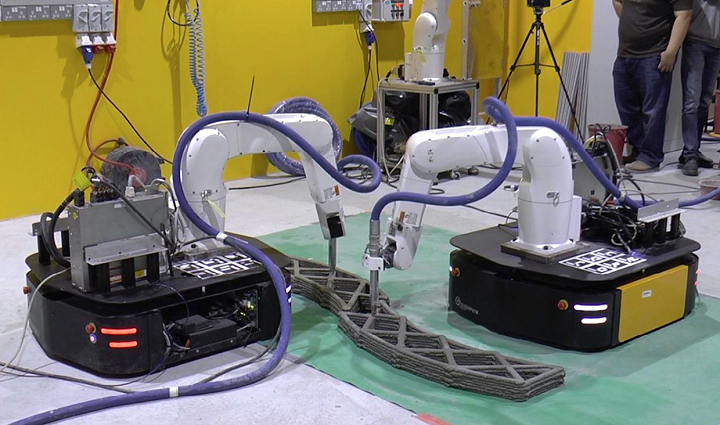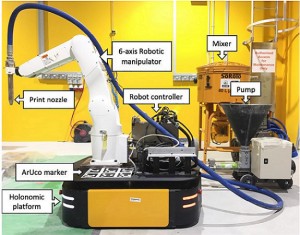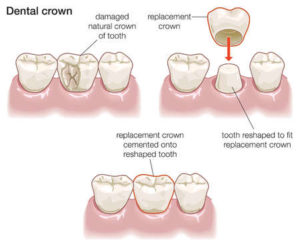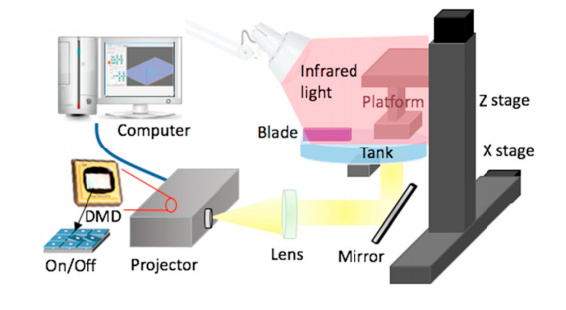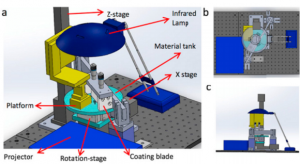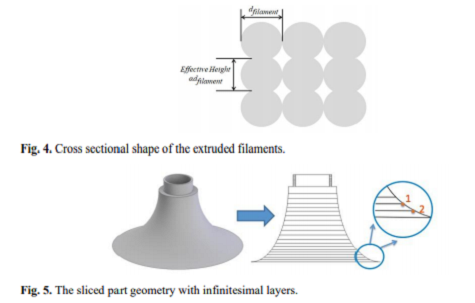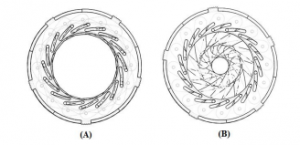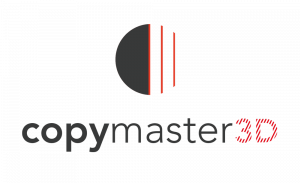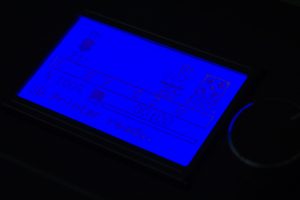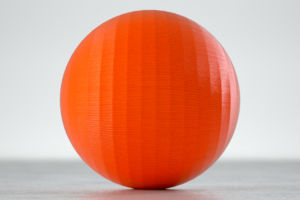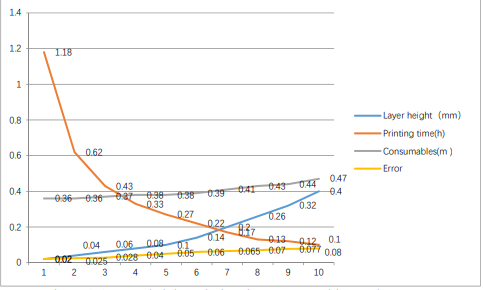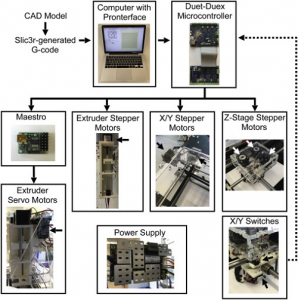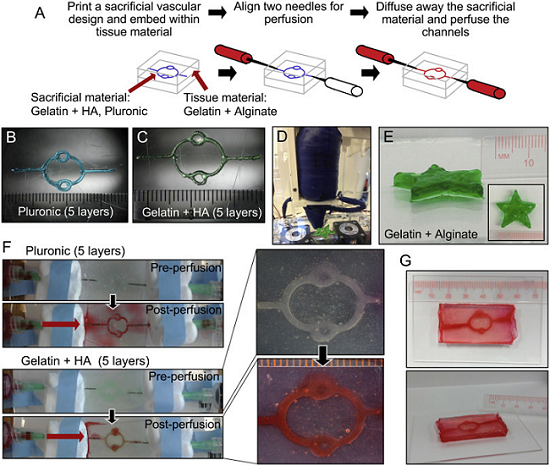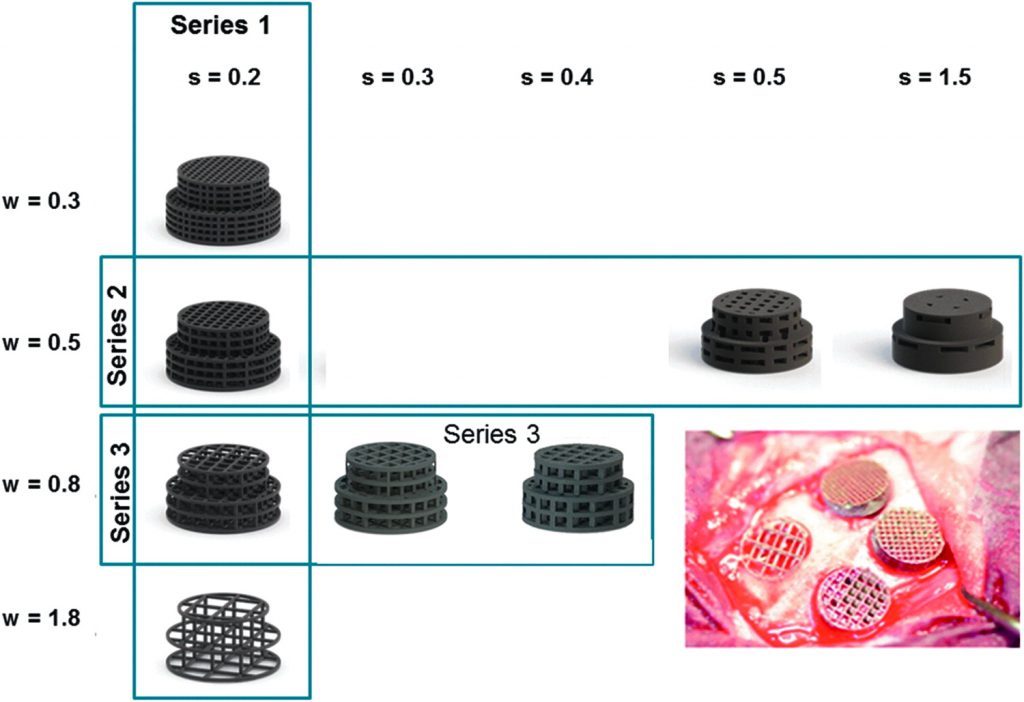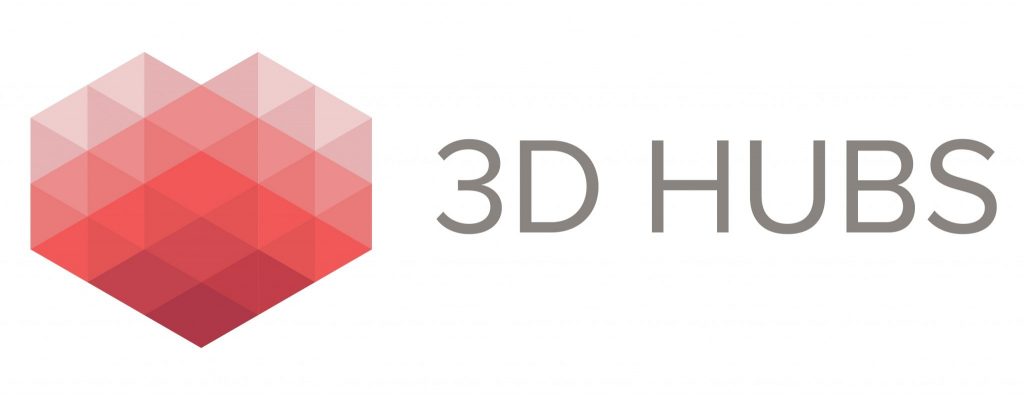
3DHubs has grown by having a unique premise and idea. The 3Dhubs community of 3D printer operators from all over the world can sign up to 3DHubs and offer their 3D printers to others. I can send a part to 3DHubs, and it will be 3D printed locally by a neighbor or someone that lives close to my work. In this way, 3DHubs has been a vital connection point in the 3D printing community since its inception. The company has tens of thousands of people signed up to its network. So far 3DHubs has not really been imitated and copied, so it alone competes directly with Shapeways, i.materialise, and Sculpteo as a unique company. 3DHubs is different since it is a distributed manufacturing platform of independent operators across the world. This lead to support for 3DHubs stated goals of localizing manufacturing and making it more efficient.
It seems that the company is now turning its back on its roots and will focus solely on working with professional service bureaus to fulfill orders as per October 1st. A radical departure from the previous path and a radical going back on its community has confused many. The value of 3DHubs is in its community; the community gives it granular local presence and a barrier to entry. Now it is just like any 3D printing service upstart and will lose its community entirely. I’ve always liked 3DHubs, although I have been very skeptical of their Trends Report I like the company and what they’re doing. I liked the idealism coupled with business. I’ve also personally met with the founders who I consider to be nice and more importantly very capable 3D printing people. People who now have decided to create their own new Coke moment. I can not think of a business rationale for this nor can I fathom why they would do this in this way. Even if 3DHubs thought that the future of its business is in working only with 3D printing services, then it can still support its community? Why wreck a marketing and possible monetization instrument like that? It could through content, product sales, courses, support or any number of ways profit and help its existing community of tens of thousands. So even if it would move to service bureaus, then I would still recommend that they coddle and keep the one thing that makes them unique.
I’m not the only one that is confused by this; these are just some community member responses today:
MikByte @viperz28
Why? Don’t you plan on screwing over the 3d printing community due to greed.“With #3dHubs dropping smaller independent printer hubs starting Oct, what are other comparable P2P options out there? #3Dprinting #makersgonnamake
2lol555@2lol555
A big F you to @3DHubs today! Switching over from “Locally sourced 3D prints” to the “Closed manufacturing program” basically… This was a big reason for me to own a 3d printer… now it’s all gone!Buildingthings
“Dear 3DHubs, Get f-ed. That is all.
Sincerely,The People you stepped on to get to where you are today.”
The company today emailed any nonqualifying people and told them that they could not be active after October 1st.
I’ve quoted from the email people got below:
“On Monday, October 1st, 2018, we’re going to completely switch our 3D printing service to the Fulfilled by 3D Hubs
offering. This means that it will no longer be possible for Hubs outside the Manufacturing Partner Program to receive
orders on 3D Hubs.This email explains why we’ve decided to make this switch, what this means for you, and the options you have going
forward.Why are we doing this?
3D Hubs’ mission is to make manufacturing easier and more accessible. Since we started we have produced more
than 1.7 million parts for customers through our online platform and global network of manufacturing Hubs. We’ve
noticed that as our platform has improved over the years, the customers who order most often are businesses. As we
discussed back in February in this blog post, it has become more and more essential for 3D Hubs to deliver a highly
reliable and consistent manufacturing service to our customers.To achieve this we started building Fulfilled by 3D Hubs at the end of 2017. We tested the impact of a more controlled
and consistent manufacturing service and customer feedback has been so overwhelmingly positive, it is hard to
ignore. Since launching this service, we have seen significant growth in the usage of our 3D print service, particularly
by the professional user group. We’ve seen customer order value doubling since January. Therefore, over the past year
it has become clear that in order to best serve our growing number of professional customers, 3D Hubs has to double
down on standardisation. That’s why we are taking the hard decision to move away from our original peer-to-peer
model and become fully B2B focused.What does this mean for you?
As of Monday, October 1st, 2018 Fulfilled by 3D Hubs will be the only option for ordering 3D Printed parts on 3D Hubs.
On this date, the following services will be discontinued:
Platform Orders to non-manufacturing partners
Embeddable Order widget orders
Individual Hub profile pagesUnfortunately, based on your 3D Hubs order history you don’t qualify to become a Manufacturing Partner. This means
that you won’t be able to run your 3D Printing service on 3D Hubs from October 1st, 2018.
If you’re not looking to run a commercial 3D printing business but still want to offer your 3D Printing services locally,
you can consider joining our Talk Maker Forum. On this new subsection of Talk, Hubs can freely connect with local
makers, hobbyists and students interested to get their projects 3D printed. While this is by no means a full blown
replacement of our peer-to-peer platform, we hope we can keep supporting makers, hobbyist and students to keep
printing locally.
It’s unclear how they want to support a peer to peer program by effectively ending it. The company has one data point it relies on, “We’ve seen customer order value doubling since January.” Since 3DHubs is not great at statistics, I could point out that across the board in 3D printing customer order values have increased dramatically over the past months since more companies are using higher value materials and also turning more and more to metal 3D printing which 3DHubs also offers. Generally, all projects of all of my clients, for example, have increased in complexity and size as 3D printing is going from something for the business development team to a business process or implementation. This is something that I’ve been tracking in a number of areas and to me seems independent of 3DHubs but just a general market development. We are maturing as an industry, and higher order values is a result of this. Simultaneously if we go from bulk PLA to all sorts of specialist models while also increasing the print volume of systems dramatically then order values will increase. It’s kind of if Mercedes would see a rise in customer spend due to perceived economic growth and decide to get rid of the A class. In this case, I think they’ve completely misinterpreted the data, and even if their conclusion was what it was, they shouldn’t have done it. They could have spent less money on the A class for example or released fewer models but killing it outright would damage their portfolio overall.
3DHubs also states, “it has become more and more essential for 3D Hubs to deliver a highly reliable and consistent manufacturing service to our customers” just at the time when desktop 3D printers are starting to equal or come close to equalling the dimensional accuracy and surface quality of some industrial systems. Just when newer more advanced desktop systems are reaching consumers, 3DHubs gives up on them? Also for certain materials such as flexible materials, desktop 3D printers outperform industrial systems both in the fit and finish of the part and the strength of the part. Part costs are lower on desktop systems as well with the material prices 30 to 10 times less per kilo. 3DHubs would have always won a price war with all service bureaus, until now. Skill levels of operators and improvements in machines have also increased the reliability and repeatability of desktop systems to the point where many more builds succeed, and more things can be printed in one build. Effectively for a year or so, 3D printing has a lower “cost” in terms of time for the desktop 3D printer operator.
Then the killer quote, “the hard decision to move away from our original peer-to-peer model and become fully B2B focused.” These two things are not mutually exclusive. Especially with higher quality 3D printed parts and more educated 3D printer users the business to business focus of the company could still be served by skilled amateurs with good machines. Or the company could have just had two service levels, well explained and kept on tucking. Now, 3DHubs has gone from a unique company with tens of thousands of people to a service bureau. It goes from having a unique value proposition of being the only company to be able to manufacture locally globally to being just another service bureau. It goes from having a unique message of being able to make efficient low carbon 3D prints everywhere on earth to be a kind of Shapeways but ten years later. Instead of growing a community now the company is going to have to out-execute Materialise and Shapeways directly. It could have won in the long run, but it would be almost impossible for them to either be higher quality than Materialise or cheaper at scale than Shapeways. They’ve gone from unique positioning, unique value proposition and unique competitive edge to a competitive no man’s land. I’ve never been more thoroughly confused by a move in business than this one. I’ll reiterate, they could have easily concluded that the future was through service bureau partners and just not have killed off the community but have kept them. This large platform of users around the world could have been incredibly valuable. No words. I can only describe this a business unforced error.

